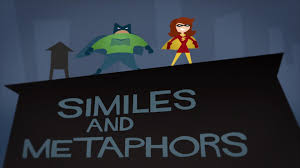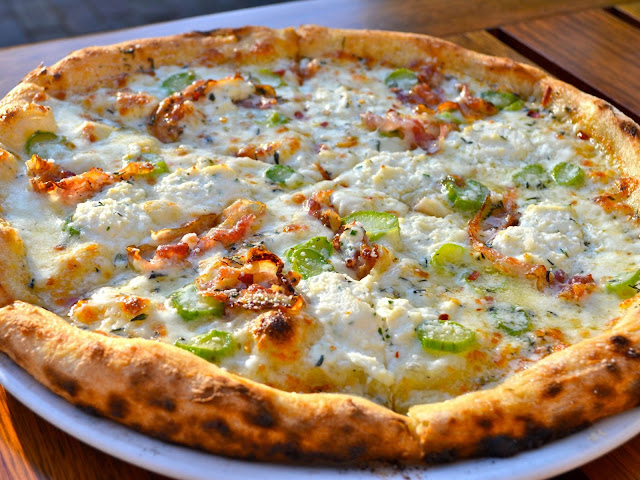Attic Ventilation - Ensuring Enough Attic Air Circulation
The rich and delicious French cooking goes back to the Middle Ages, a period set apart by sumptuous meal, blue-blooded menus and colorful dishes. Affected by social and political change, the French cooking navigated through many years of culinary difference that in the end presented it the title 'haute food'
The Medieval French devour, gaudy in nature, portrayed expand meals, extravagant carte of the day, intriguing flavors giving fragrant flavors and lavish introduction displaying the luxuriousness of the host. The plan however stayed at its rudimentary level - dirt vessels, rural plates, white tabletops, nonattendance of forks, hand eating and droning of supplication in veneration was the standard setting of this great devouring - a striking juxtaposition in its own.
The Old French Cuisine
The French food of the Middle Ages remain as a sharp difference to the present time. The cooking style at that point included liberal use of flavors, herbs, rich sauces and mustards for solid flavors. Various dishes were readied comprising of cut off meats like hamburger, pork, angle and poultry, pies, cooked swans and peacock, safeguarded vegetables and pastries. The sustenance sort was incredibly controlled by the separate seasons. The visual interest was of vital significance subsequently extraordinary consideration was given to utilization of hues with saffron, spinach, egg yolks and sunflower. Brew assumed a more unmistakable position than wine. The devouring was a party, benefit en perplexity was the serving style transcendent in those days wherein sustenance was served as one. Just hundreds of years after the fact this training got changed under the sponsorship of King Louis XIV and dinners were served in progression at various courses independently at the table.
The Italian Influence
The much progressed culinary crafts of Italy joined Catherine De Medicis when she wedded King Henry II. Her Italian culinary specialists presented inventive styles that incredibly impacted the French food. Improving flatware, decorative porcelain and shocking dishes ended up plainly typical and presentation of new nourishments like green beans and tomatoes were valued.
Ancien Règime and French Revolution
Paris denoted the seat of the best culinary skilled workers in the sixteenth and eighteenth century - the time of Ancien Règime that saw the approach of the society arrangement of nourishment dissemination. Culinary specialists were limited to a doled out style or region, along these lines hampering their capability and aptitude. The French upheaval later stopped the organization, opening new entryways for culinary specialists who could now test new dishes fluxing their cookery gifts.
The French cooking owes its prominence to their imperial gourmet specialists - Carème, Montagnè and Escoffier, the pride of their chance who presented contemporary feasting decorums, sustenance dressing, masterfulness and stylistic theme, current cooking styles that concentrated more on luscious fixings rather on wealth of supper; sorted nourishment arrangement by experts and approved superb cookbooks that pared down and refined French Cuisine.
The Haute Cuisine
Escoffier was the famous figure behind the French haute cooking - 'high food' that unfurled in the seventeenth century. Awards to Francois Pierre La Varenne who is additionally credited for distributing his cookbook Cvisinier francois that introduced present day methods of planning light dishes and treats with unobtrusive courses of action in a more classified way. Escoffier not just got the 'unit framework' (isolation of kitchens in 5 areas) to combine more proficiency in the culinary craftsmanship yet in addition penned down a few cookbooks that turned him a much venerated legend of French food.
Introduce Day French Cuisine
The French gastronomy is a joy as is its culinary culture. Imaginative styles of cooking are assimilated utilizing regular fixings to offer the most lavish suppers. The breakfast comprises of principally eggs, ham, croissants, tartines, stick, margarine and tea/espresso while lunch is somewhat detailed. Supper is isolated in three courses - soup, fundamental course and treat or cheddar course. Wine has an uncommon place; French wine has its rich history.
Relish on the delightful French foods that have advanced throughout the years under the support of regal gourmet specialists and enhance your taste buds with dishes that have earned their name as the French national cooking.
The Medieval French devour, gaudy in nature, portrayed expand meals, extravagant carte of the day, intriguing flavors giving fragrant flavors and lavish introduction displaying the luxuriousness of the host. The plan however stayed at its rudimentary level - dirt vessels, rural plates, white tabletops, nonattendance of forks, hand eating and droning of supplication in veneration was the standard setting of this great devouring - a striking juxtaposition in its own.
The Old French Cuisine
The French food of the Middle Ages remain as a sharp difference to the present time. The cooking style at that point included liberal use of flavors, herbs, rich sauces and mustards for solid flavors. Various dishes were readied comprising of cut off meats like hamburger, pork, angle and poultry, pies, cooked swans and peacock, safeguarded vegetables and pastries. The sustenance sort was incredibly controlled by the separate seasons. The visual interest was of vital significance subsequently extraordinary consideration was given to utilization of hues with saffron, spinach, egg yolks and sunflower. Brew assumed a more unmistakable position than wine. The devouring was a party, benefit en perplexity was the serving style transcendent in those days wherein sustenance was served as one. Just hundreds of years after the fact this training got changed under the sponsorship of King Louis XIV and dinners were served in progression at various courses independently at the table.
The Italian Influence
The much progressed culinary crafts of Italy joined Catherine De Medicis when she wedded King Henry II. Her Italian culinary specialists presented inventive styles that incredibly impacted the French food. Improving flatware, decorative porcelain and shocking dishes ended up plainly typical and presentation of new nourishments like green beans and tomatoes were valued.
Ancien Règime and French Revolution
Paris denoted the seat of the best culinary skilled workers in the sixteenth and eighteenth century - the time of Ancien Règime that saw the approach of the society arrangement of nourishment dissemination. Culinary specialists were limited to a doled out style or region, along these lines hampering their capability and aptitude. The French upheaval later stopped the organization, opening new entryways for culinary specialists who could now test new dishes fluxing their cookery gifts.
The French cooking owes its prominence to their imperial gourmet specialists - Carème, Montagnè and Escoffier, the pride of their chance who presented contemporary feasting decorums, sustenance dressing, masterfulness and stylistic theme, current cooking styles that concentrated more on luscious fixings rather on wealth of supper; sorted nourishment arrangement by experts and approved superb cookbooks that pared down and refined French Cuisine.
The Haute Cuisine
Escoffier was the famous figure behind the French haute cooking - 'high food' that unfurled in the seventeenth century. Awards to Francois Pierre La Varenne who is additionally credited for distributing his cookbook Cvisinier francois that introduced present day methods of planning light dishes and treats with unobtrusive courses of action in a more classified way. Escoffier not just got the 'unit framework' (isolation of kitchens in 5 areas) to combine more proficiency in the culinary craftsmanship yet in addition penned down a few cookbooks that turned him a much venerated legend of French food.
Introduce Day French Cuisine
The French gastronomy is a joy as is its culinary culture. Imaginative styles of cooking are assimilated utilizing regular fixings to offer the most lavish suppers. The breakfast comprises of principally eggs, ham, croissants, tartines, stick, margarine and tea/espresso while lunch is somewhat detailed. Supper is isolated in three courses - soup, fundamental course and treat or cheddar course. Wine has an uncommon place; French wine has its rich history.
Relish on the delightful French foods that have advanced throughout the years under the support of regal gourmet specialists and enhance your taste buds with dishes that have earned their name as the French national cooking.




Comments
Post a Comment